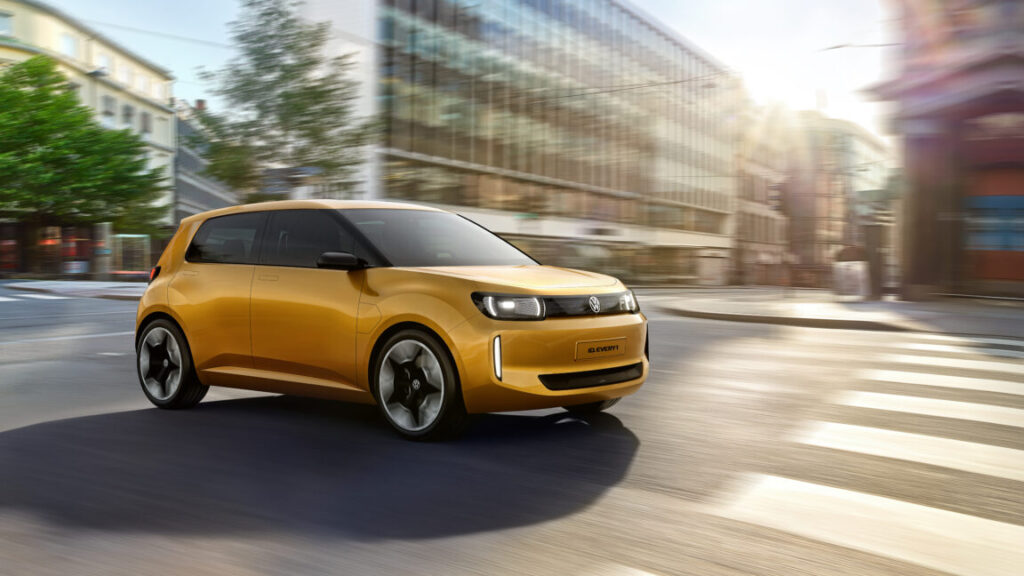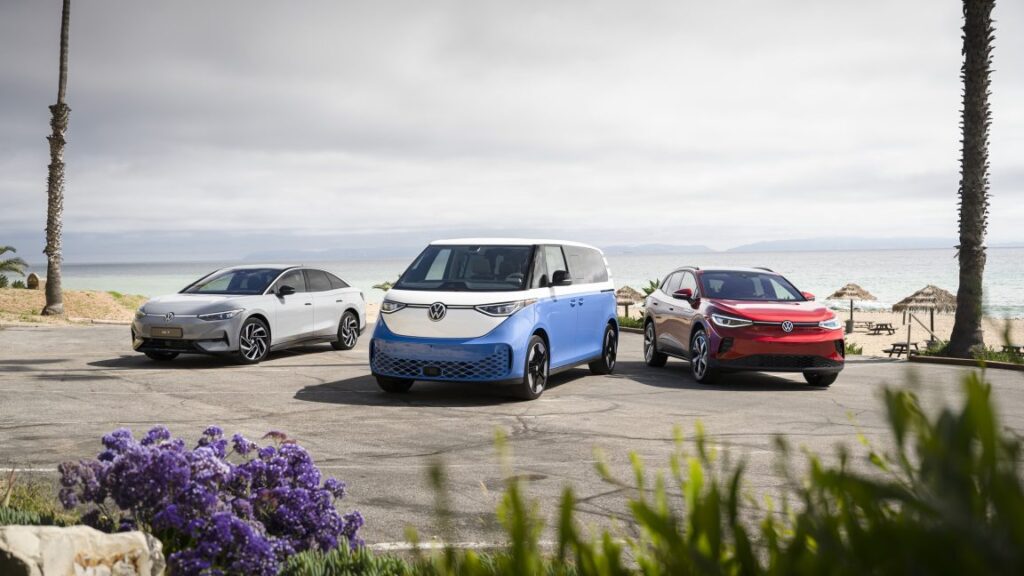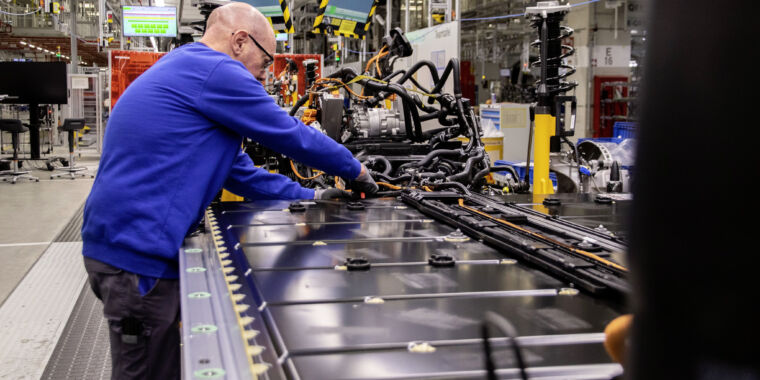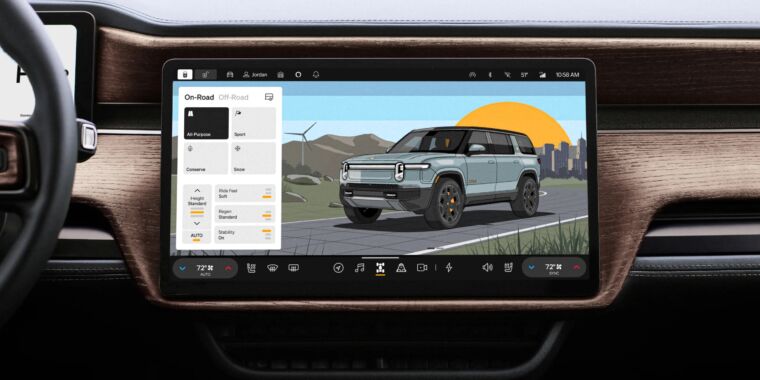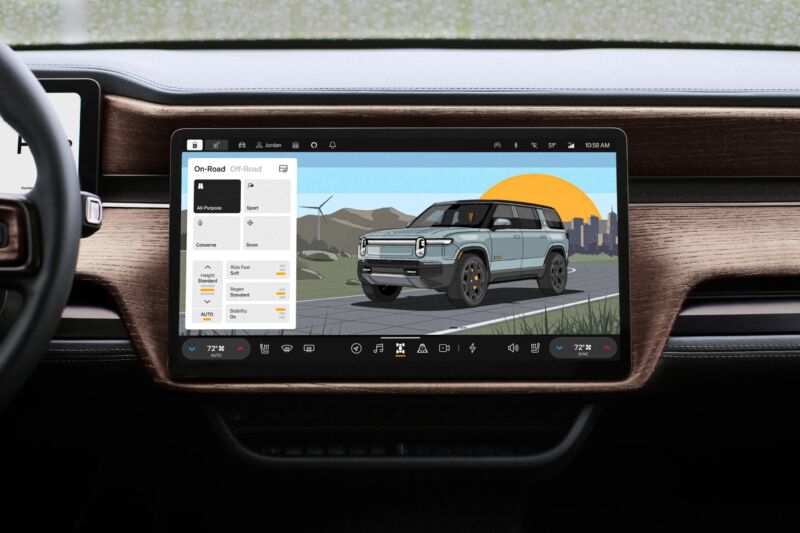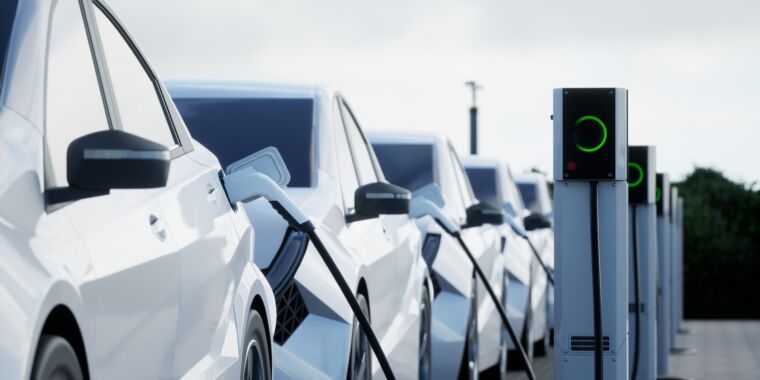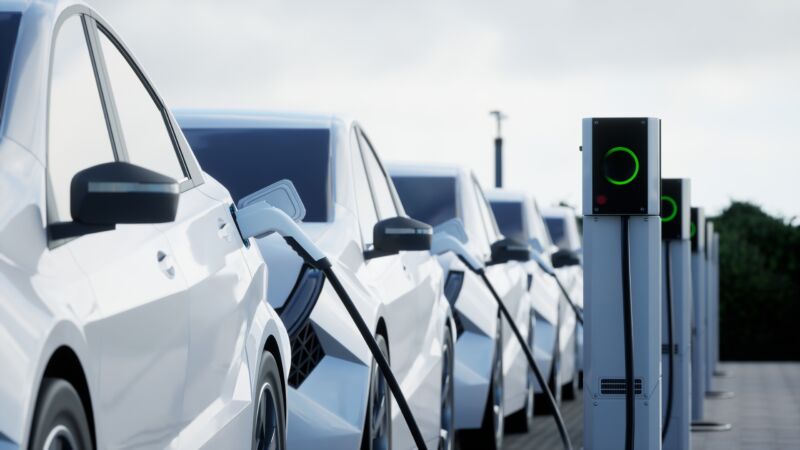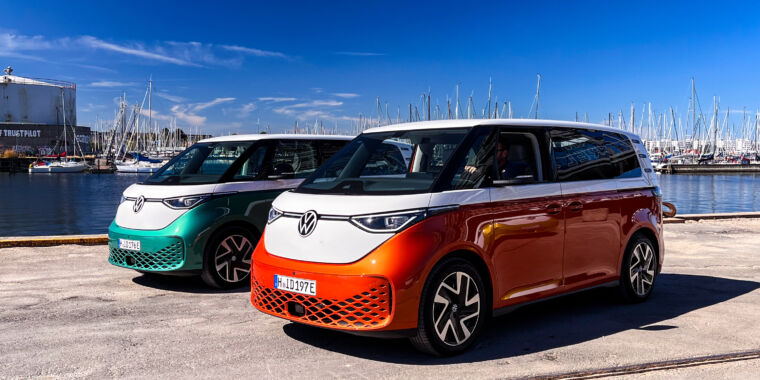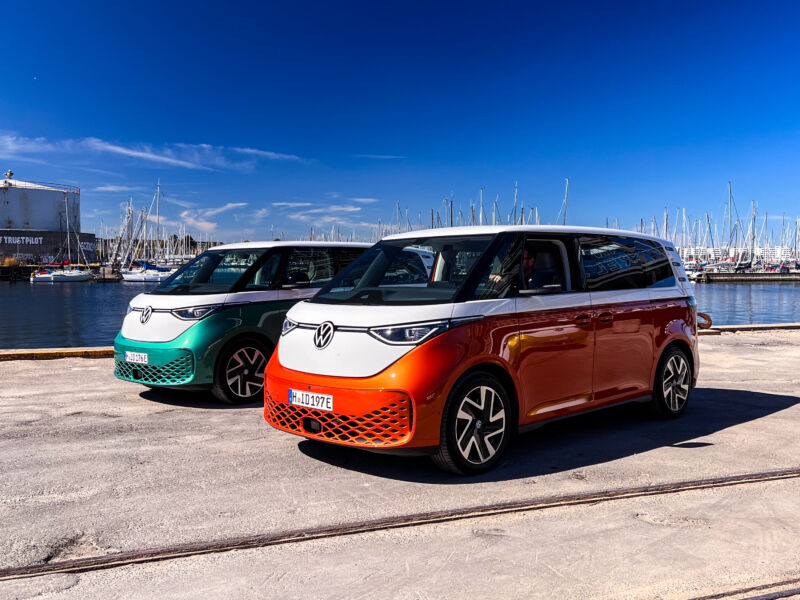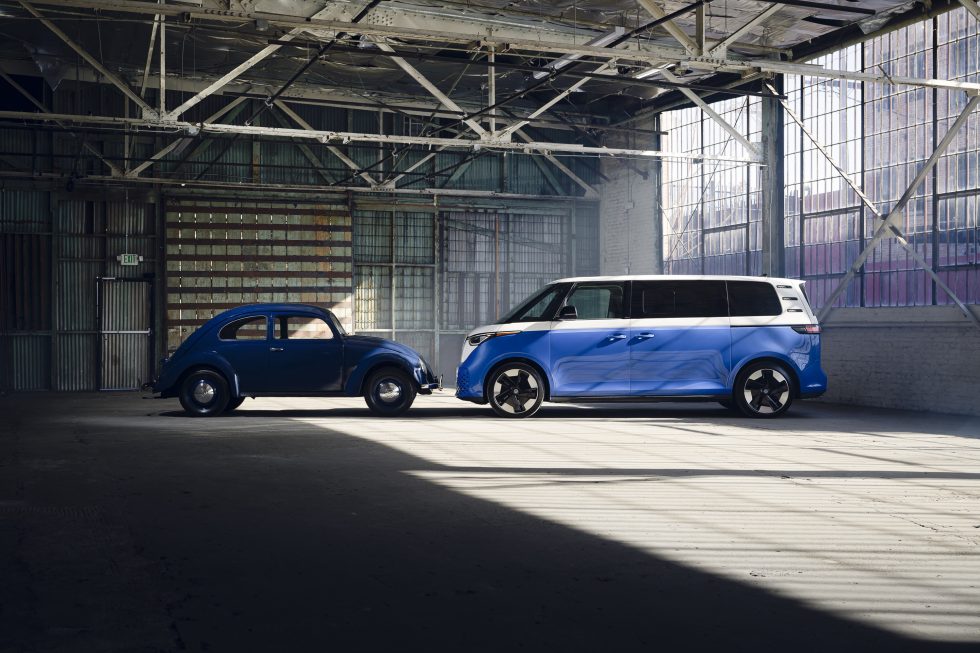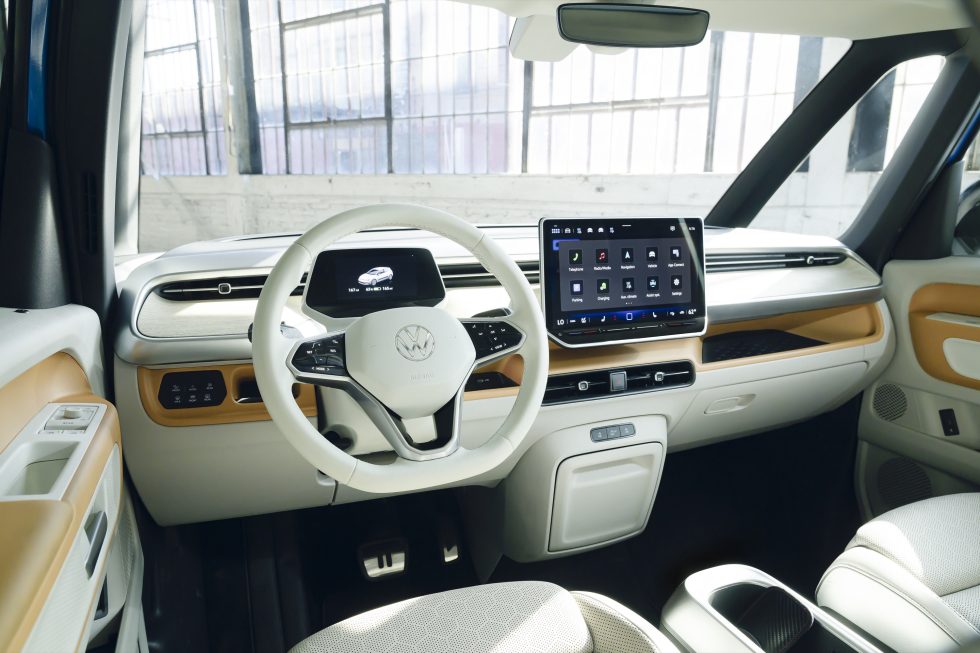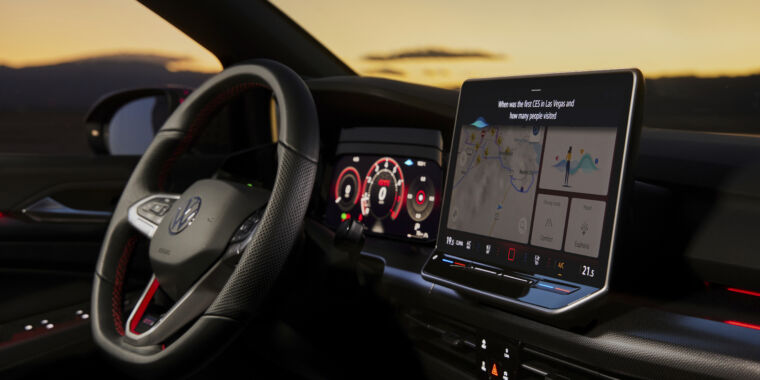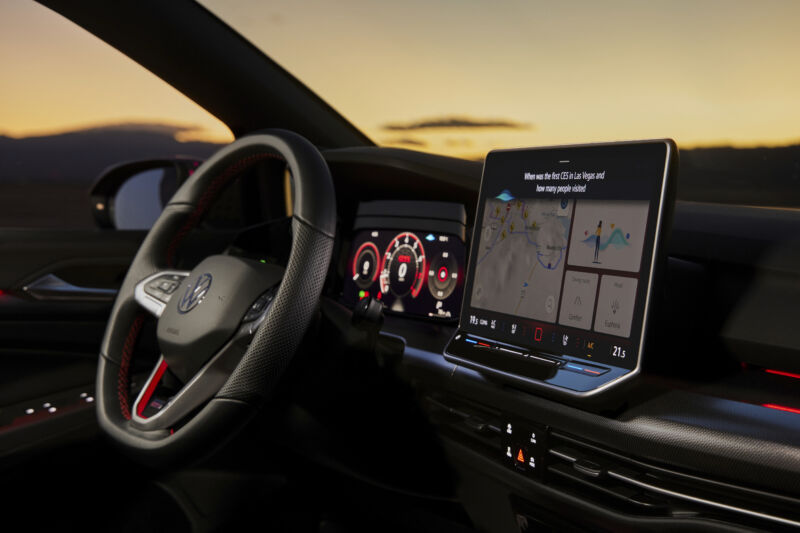Volkswagen gets the message: Cheap, stylish EVs coming from 2026
A surprise find in my inbox this morning: news from Volkswagen about a pair of new electric vehicles it has in the works. Even better, they’re both small and affordable, bucking the supersized, overpriced trend of the past few years. But before we get too excited, there’s currently no guarantee either will go on sale in North America.
Next year sees the European debut of the ID. 2all, a small electric hatchback that VW wants to sell for less than 25,000 euros ($26,671). But the ID. 2all isn’t really news: VW showed off the concept, as well as a GTI version, back in September 2023.
What is new is the ID. EVERY1, an all-electric entry-level car that, if the concept is anything to go by, is high on style and charm. It does not have a retro shape like a Mini or Fiat 500—VW could easily have succumbed to a retread of the Giugiaro-styled Golf from 1976 but opted for something new instead. The design language involves three pillars: stability, likability, and surprise elements, or “secret sauce,” according to VW’s description.
The ID. EVERY1 is the antithesis of the giant SUVs and trucks that have come out of Detroit these past few years.
“The widely flared wheelarches over the large 19-inch wheels and the athletic and clearly designed surfaces of the silhouette ensure stability,” said VW head of design Andreas Mindt, confirming the inability of modern designers to stay away from huge wheels.
“The slightly cheeky smile at the front is a particularly likable feature. A secret sauce element is the roof drawn in the middle, usually seen on sports cars. All these design elements lend the ID. EVERY1 a charismatic identity with which people can identify,” Mindt said.
It really is a small car—at 152.8 inches (3,880 mm) long, it’s much shorter than the smallest car VW sells here in the US, the Golf GTI, which is a still-diminutive 168.8 inches (4,288 mm) in length. Like the slightly bigger ID. 2all—which is still much shorter than a Golf), the ID. EVERY1 will use a new front-wheel drive version of VW’s modular MEB platform. (Initially introduced for rear- or all-wheel-drive EVs, MEB underpins cars like the ID.4 crossover and ID. Buzz bus.)
Volkswagen gets the message: Cheap, stylish EVs coming from 2026 Read More »
